Introduction
I stumbled upon this gluten free pad thai recipe when I was craving that classic sweet-sour-salty zest of Thai cuisine but had to watch my dietary restrictions. I recall nervously wondering if swapping regular noodles for rice variations would work. Let me tell you, it can be just as tasty—if not more so—than the traditional versions. Over time, I’ve refined my technique through several moments of trial and error, and I’m thrilled to share every bit of my journey with you. Whether you’re new to Thai-inspired meals or you’ve eaten them for years, this easy gluten free pad thai creation might become a weeknight favorite.
I’ve gone through at least a dozen attempts, testing different sauces and spice levels while trying everything from a chicken gluten free pad thai recipe to a vegan gluten free pad thai option. There were times I forgot a crucial ingredient (fish sauce, for instance) and had to quickly improvise with a pinch of salt and a dash of tamari. It was a learning curve, but a delicious one at that. Now, I can confidently show you how to whip up this healthy gluten free pad thai recipe at home with minimal fuss.
Before diving in, let’s start by lining up the essential ingredients. It’s always fun to see everything laid out and imagine how these textures and flavors will come together. I also have a soft spot for snapping a quick photo of my ingredients—reminds me of that early excitement in the cooking process.

Why I Love This Dish
When I first decided to make an authentic gluten free pad thai at home, I worried about flavor. Would it taste anything like the one I used to order for takeout? The short answer: yes. Thanks to a flavorful gluten free pad thai sauce mix, a little sweetness, a zing of tang, and a bit of spice, you get that perfect balance that pad thai is known for.
• The sauce is key, and with a homemade gluten free pad thai sauce, you can tweak the level of tartness or sweetness.
• Rice noodles absorb flavors beautifully, making a simple gluten free pad thai noodles experience that’s both satisfying and fuss-free.
• It’s versatile. You can make a tofu gluten free pad thai recipe if you’re avoiding animal products or a chicken gluten free pad thai recipe if you like a protein boost.
I’ve tried both ways, and they each carry that savory note I can’t resist.
Equipment You’ll Need
- Sturdy wok or large skillet: I personally like using a wok because it heats quickly and distributes heat well.
- Spatula or wooden spoon: A sturdy spoon helps toss the noodles, veggies, and sauce together with ease.
- Cutting board and sharp knife: For all that slicing and dicing of veggies and proteins.
- Measuring cups and spoons: For precise sauce-making and portion control.
I’ve stuck to the basics and have never felt the need for specialized gadgets. The beauty of a quick gluten free pad thai dish is how manageable it is, even with just your standard kitchen setup.
Ingredients and Possible Substitutes
Below is my personal go-to ingredient list. I’ve experimented with different combos over the years, sometimes out of necessity when my pantry was running low!
- Rice Noodles (7–8 ounces): Traditional pad thai calls for flat rice noodles. For a classic gluten free rice noodle pad thai, I use medium-width rice noodles.
- Protein:
- Chicken thighs or breast (8 ounces), sliced thin for a chicken gluten free pad thai recipe.
- Tofu (firm, cubed) if you opt for a vegan gluten free pad thai option.
- Shrimp also works well if you’re not strictly vegetarian.
- Vegetables:
- Bean sprouts (1 cup).
- Green onions (2–3), chopped diagonally.
- Carrots (1), julienned or thinly sliced.
- Optional: Bell pepper or extra mushrooms if you like variety.
- Eggs (2): Adds richness. Omit for a vegan twist.
- Sauce (for a homemade gluten free pad thai sauce):
- Fish sauce (3 tablespoons) or tamari for a vegetarian version.
- Brown sugar (2–3 tablespoons), or coconut sugar if you prefer.
- Lime juice (3 tablespoons), fresh is best.
- Rice vinegar (1 tablespoon).
- Red chili flakes to taste (I like a spicy gluten free pad thai recipe, so I add a bit more).
- Garnishes:
- Chopped peanuts (use seeds for a peanut-free gluten free pad thai alternative).
- Extra lime wedges.
- Cilantro leaves (if you enjoy fresh herbal hints).
I’m not a dietitian, but if you’re watching sodium intake, use less fish sauce or opt for a low-sodium gluten free pad thai meal by reducing saltier components. To turn it into a low-carb gluten free pad thai variation, you can experiment with shirataki noodles or zucchini noodles, though the taste and texture will differ.
Step-by-Step Cooking Instructions
Making this best gluten free pad thai recipe guide is far simpler than I initially thought. Just keep an eye on temperatures, especially when dealing with proteins. (For chicken, see USDA guidelines on safe cooking temperatures—it’s typically best to cook poultry until it reaches 165°F.)
Step 1: Prepping the Noodles and Sauce
- Soak Rice Noodles: Check the package direction for your simple gluten free pad thai noodles. Typically, you soak them in warm water for about 20–30 minutes until they’re pliable but not fully cooked.
- Combine Sauce: In a small bowl, mix your fish sauce (or tamari), brown sugar, lime juice, rice vinegar, and a generous pinch of chili flakes. Taste and adjust the tang or sweetness to your preference. I often add an extra splash of lime juice for more zing.
 , with a spoon partially submerged. The backdrop includes a simple countertop and a soft glow of overhead light.)
, with a spoon partially submerged. The backdrop includes a simple countertop and a soft glow of overhead light.)
Step 2: Cooking the Protein
- Heat the Wok: Turn the stove on medium-high and preheat your wok or large skillet with a tablespoon of oil.
- Add Protein: If you opted for chicken, slice it thinly, and place it in the hot wok. If you chose tofu, pat it dry and cube it. I watch for that sizzle—once the edges start browning, you’re on the right track.

Step 3: Adding Veggies and Eggs
- Toss in Veggies: Once the chicken is nearly cooked through (or the tofu is golden), add in carrots, bean sprouts, and any other veggies you fancy. I love watching the colors pop at this stage.
- Push Aside and Scramble Eggs: Move everything to one side of the wok, crack the eggs into the empty side, and scramble them gently. When they’re mostly set, stir them into the vegetables and protein.

Step 4: Noodles and Sauce Come Together
- Add Noodles: Drain your rice noodles and toss them into the wok. They’ll look pale, but the sauce will fix that in a moment.
- Pour in Sauce: Drizzle the homemade gluten free pad thai sauce all over. Use a spatula or wooden spoon to keep everything moving. The sauce should coat each strand, infusing that irresistible sweet-savory flavor.
- Taste and Adjust: If it’s too tangy, add a sprinkle of sugar. Too sweet? Add a squeeze of lime. Let the noodles absorb the sauce for a minute or two, but be careful not to overcook.
Step 5: Garnish and Serve
- Top It Off: Remove the pan from heat. Garnish with chopped peanuts (or seeds for a peanut-free alternative) and fresh green onions. Give it one final toss.
- Plate and Enjoy: Serve hot with extra lime wedges on the side. I love that burst of fresh citrus in every bite.

My Personal Tips and Lessons Learned
- Don’t Overcrowd the Wok: When I first tried making this dish, I stuffed in too much protein and veggies at once. The result? A soggy mess. Cooking in smaller batches or a big enough pan is crucial.
- Fish Sauce: This ingredient can be intense. I recall adding way too much one time. If you’re sensitive to it, start with half the recommended amount and add more later.
- Experiment with Spice: If you yearn for a spicy gluten free pad thai recipe, toss in fresh chili or extra chili flakes. I keep a bottle of chili sauce on hand to adjust heat levels on my own plate.
- Kid-Friendly Option: If you have picky eaters at home, you can dial down the chili, add more sweetness, and they’ll still gobble it up. This can become a kid-friendly gluten free pad thai in a pinch.
Variations I Enjoy
- Vegan Gluten Free Pad Thai Option: Omit eggs and use tofu. Swap fish sauce for tamari.
- Low-Carb Version: Substitute half of the rice noodles with spiralized zucchinis or even kelp noodles. Just keep an eye on moisture.
- Healthy Stir-Fry Gluten Free Pad Thai: Load up on vegetables—think broccoli florets, bok choy, or snap peas. Toss in less sugar or use a sugar substitute like monk fruit.
- Flavorful Gluten Free Pad Thai Sauce Mix Twist: Swap lime juice for tamarind concentrate if you crave a more authentic sourness.
I’ve found so many ways to reinvent it, each offering a unique texture and flavor profile. Still, I always circle back to the traditional Thai-inspired gluten free pad thai approach for that nostalgic taste.
Troubleshooting and Common Mistakes
I’ve messed up multiple times, so let me spare you some headaches:
- Noodles Clumping: If you don’t soak or rinse your rice noodles properly, they might form a giant lump. If that happens, add a bit of sauce or water and carefully separate them in the pan.
- Gummy Texture: Overcooking noodles leads to unpleasant gumminess. Keep a close watch; once they appear soft enough, remove them.
- Excess Saltiness: Too much fish sauce or tamari can make your meal quite salty. Try balancing with lime juice, sugar, or even water to dilute.
- Burnt Bits: If your wok gets too hot, the sugar in the sauce can burn quickly. A medium-high heat is safer than blasting it on max.
One unforgettable time, I cooked the noodles in the wok for too long and ended up with something resembling sticky candy. Lesson learned—timing is everything.
Storage and Leftovers
When I set aside a portion for the next day, I typically store the leftovers in an airtight container in the fridge for up to two days. Reheat in a skillet on medium heat with a splash of water or extra sauce to bring back moisture. While microwaving is an option, you risk tough noodles. A quick stir-fry reheat is my preference.
Nutritional Info and Serving Sizes
A single serving of this dish can hover around 400–500 calories, depending on protein choice and the amount of sauce used. Rice noodles come with a notable carb load, but you can always cut portions or add more veggies for fewer carbs overall. I sometimes double this recipe for a family gathering, or halve it for myself when craving a quick snack.
Frequently Asked Questions
How do I make this dish extra spicy?
You can add diced fresh chilies (like Thai chilies or serranos) while stir-frying, and sprinkle extra chili flakes at the end. My personal heat hack is a drizzle of hot chili oil just before serving.
Can I freeze leftover gluten free pad thai recipe portions?
I don’t recommend it. Rice noodles can change texture when frozen and thawed, often turning grainy or mushy. It’s best to cook only what you plan to eat within a couple days.
What if I can’t find fish sauce?
Tamari or soy sauce (if gluten isn’t a concern for you) does the trick. Know that the taste will differ, but you’ll still get a savory kick. If you’re going for a vegan option, tamari or coconut aminos is my pick.
Do I have to scramble the eggs separately?
I don’t. Pushing the veggies to one side of the wok and scrambling eggs in the same pan saves time and dishes. Just make sure the eggs solidify before mixing them into everything else.
Is there a kid-friendly gluten free pad thai I can make?
Absolutely. Reduce or skip chili flakes, add a bit more sweetness, and possibly include veggies your child likes. This approach often turns it into a dish kids happily enjoy without the heat.
Can I turn this into a low-sodium gluten free pad thai meal?
Yes. Go for a low-sodium fish sauce or tamari, and reduce any added salt or salty condiments. Balancing with lime and sugar keeps the flavors from falling flat.
How do I make a peanut-free gluten free pad thai alternative?
Use crushed seeds (like sunflower seeds) or finely chopped cashews instead of peanuts. The crunch factor stays, but you skip peanuts completely.
Personal Budgeting and Meal Planning
I’ve noticed the cost for staples like rice noodles, eggs, veggies, and essential sauces can be quite low if purchased in bulk. Whenever gluten free products go on sale, I stock up on noodles and tamari. My typical spending for this recipe is around ten to fifteen dollars for four servings, which feels quite reasonable. For a balanced meal plan, pair it with a light soup or a simple salad and you’re set for dinner. Sometimes, I serve a small bowl of fruit on the side for a refreshing finish.
Closing Thoughts on My Favorite Gluten Free Pad Thai Recipe
After countless attempts, this dish has become a staple in my home. It’s a traditional Thai-inspired gluten free pad thai experience that delivers tang, spice, and comfort in every bite. I hope my stories of fiascos (like that time I forgot to soak the noodles properly and ended up with crunchy bits) remind you that cooking mishaps happen, and they’re part of the fun. With each batch, you’ll find your rhythm—whether you go bold on the chili or lean towards a sweeter sauce profile.
I can’t wait to hear how you enjoy this gluten free pad thai recipe in your own kitchen. And if you’re on social media, drop a comment or share your photos. I’d love to see your personal twist on this dish!
For more delicious ideas and tips, feel free to follow my
Facebook Page
where I share more cooking adventures, stories, and kitchen hacks.
Happy cooking, and thanks for joining me on this journey to perfect a homemade gluten free pad thai recipe with plenty of heart and flavor!
Print
Delicious Gluten Free Pad Thai Recipe – Savory & Easy to Make!
- Prep Time: 30 minutes
- Cook Time: 20 minutes
- Total Time: 50 minutes
- Yield: 4 servings 1x
- Category: Main Course
- Method: Stir-fry
- Cuisine: Thai
- Diet: Gluten Free
Description
A delicious and flavorful gluten free pad thai recipe that delivers the perfect balance of sweet, sour, and savory flavors. This easy-to-follow recipe is sure to become a weeknight favorite.
Ingredients
- 7–8 ounces rice noodles – Medium-width rice noodles
- 8 ounces chicken thighs or breast – Sliced thin
- 1 cup bean sprouts
- 2–3 green onions – Chopped diagonally
- 1 carrots – Julienned or thinly sliced
- 2 eggs
- 3 tablespoons fish sauce
- 2–3 tablespoons brown sugar
- 3 tablespoons lime juice – Fresh is best
- 1 tablespoon rice vinegar
- To taste red chili flakes
- To garnish chopped peanuts
- For garnish extra lime wedges
- For garnish cilantro leaves
Instructions
- Soak Rice Noodles: Check package directions and soak in warm water until pliable.
- Combine Sauce: Mix fish sauce, brown sugar, lime juice, rice vinegar, and chili flakes in a small bowl.
- Heat the Wok: Preheat wok with oil and add protein.
- Add Veggies and Eggs: Add veggies once protein is cooked, then scramble eggs.
- Add Noodles: Drain noodles and add to wok.
- Pour in Sauce: Drizzle sauce over noodles and mix well.
- Taste and Adjust: Adjust seasoning to preference.
- Top It Off: Garnish with peanuts and green onions.
- Plate and Enjoy: Serve hot with lime wedges.
Notes
Experiment with spice levels and adjust ingredients based on personal preferences.
Nutrition
- Serving Size: 1 serving
- Calories: 450
- Sugar: 10g
- Sodium: 900mg
- Fat: 15g
- Saturated Fat: 3g
- Unsaturated Fat: 12g
- Trans Fat: 0g
- Carbohydrates: 50g
- Fiber: 5g
- Protein: 25g
- Cholesterol: 150mg


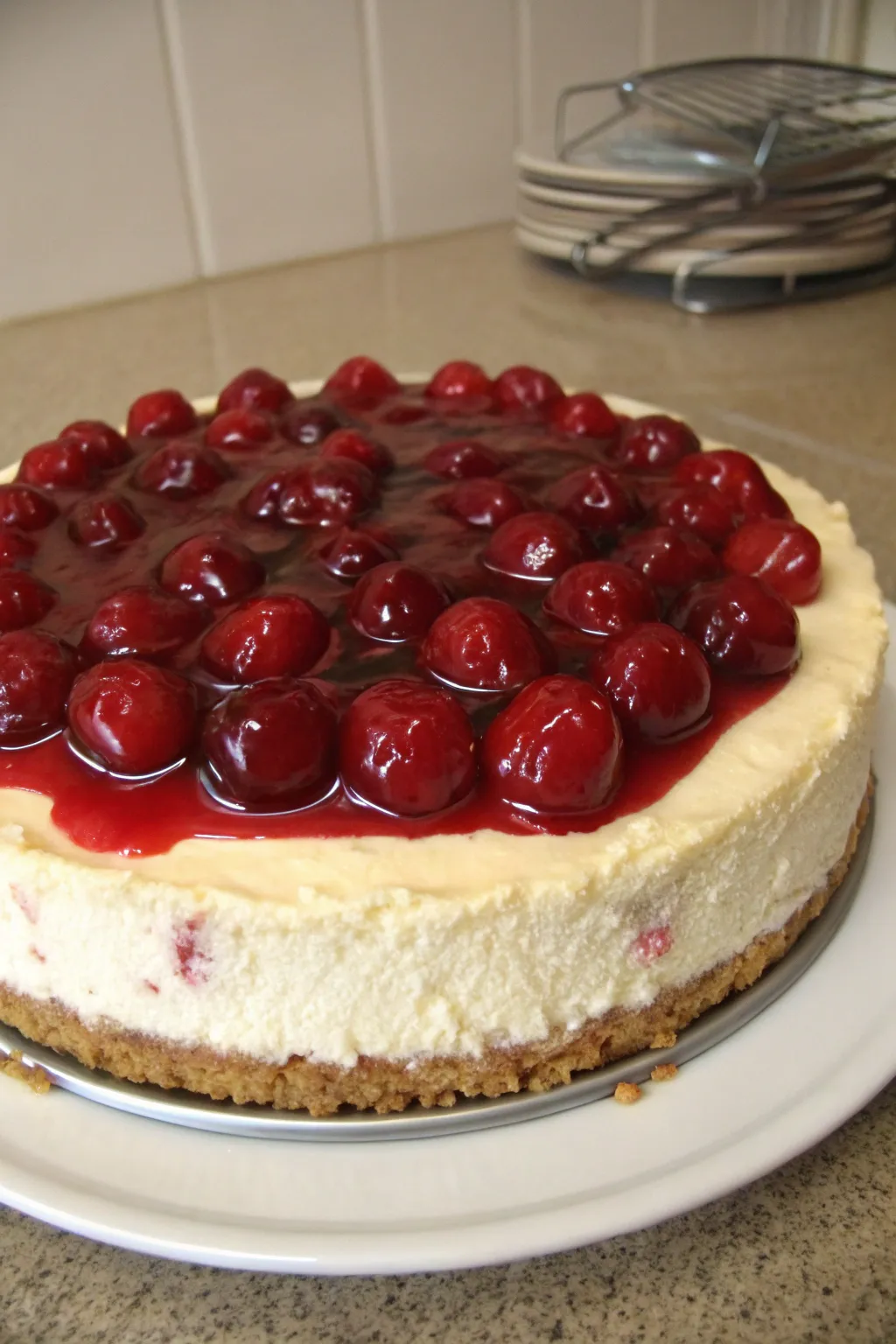

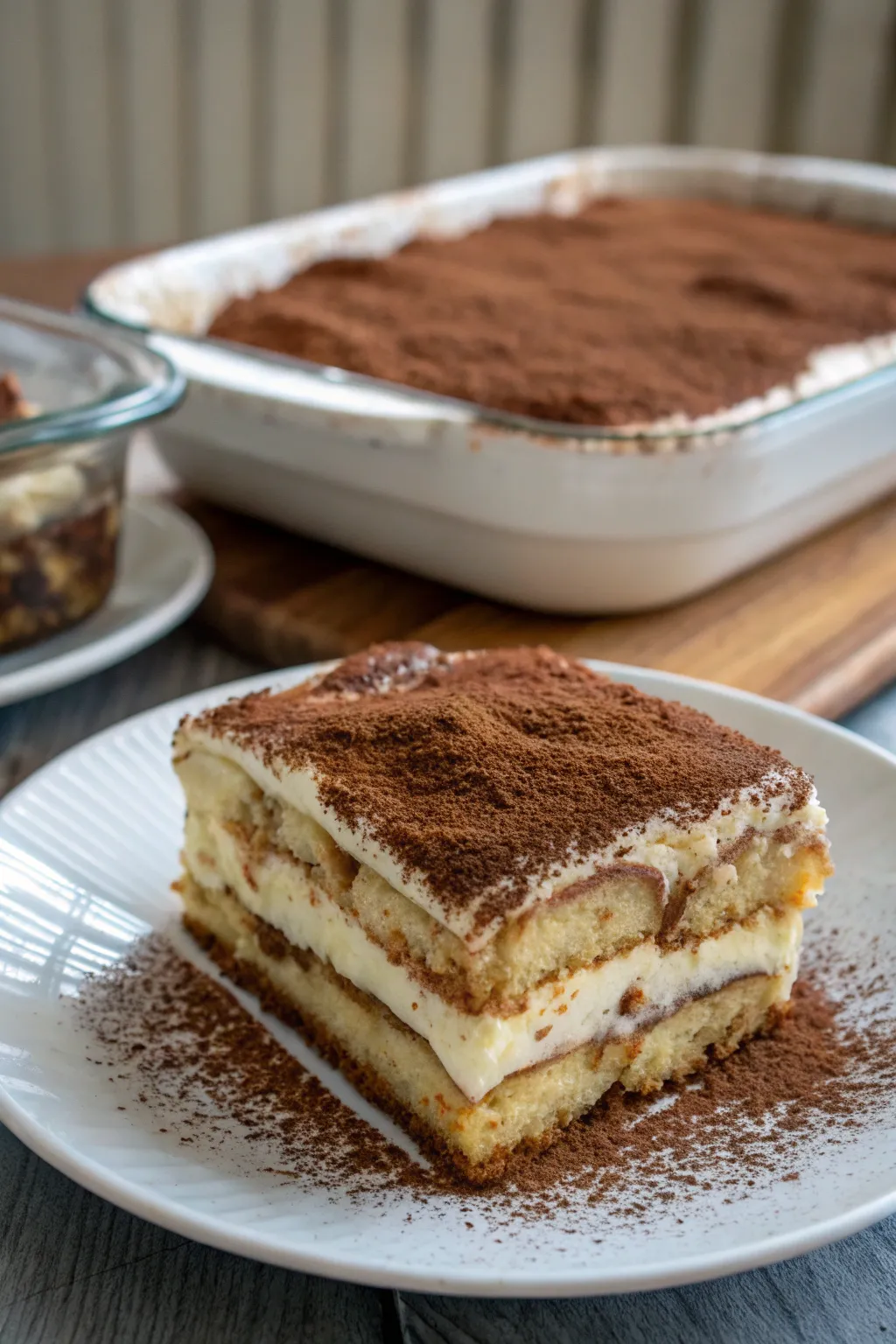
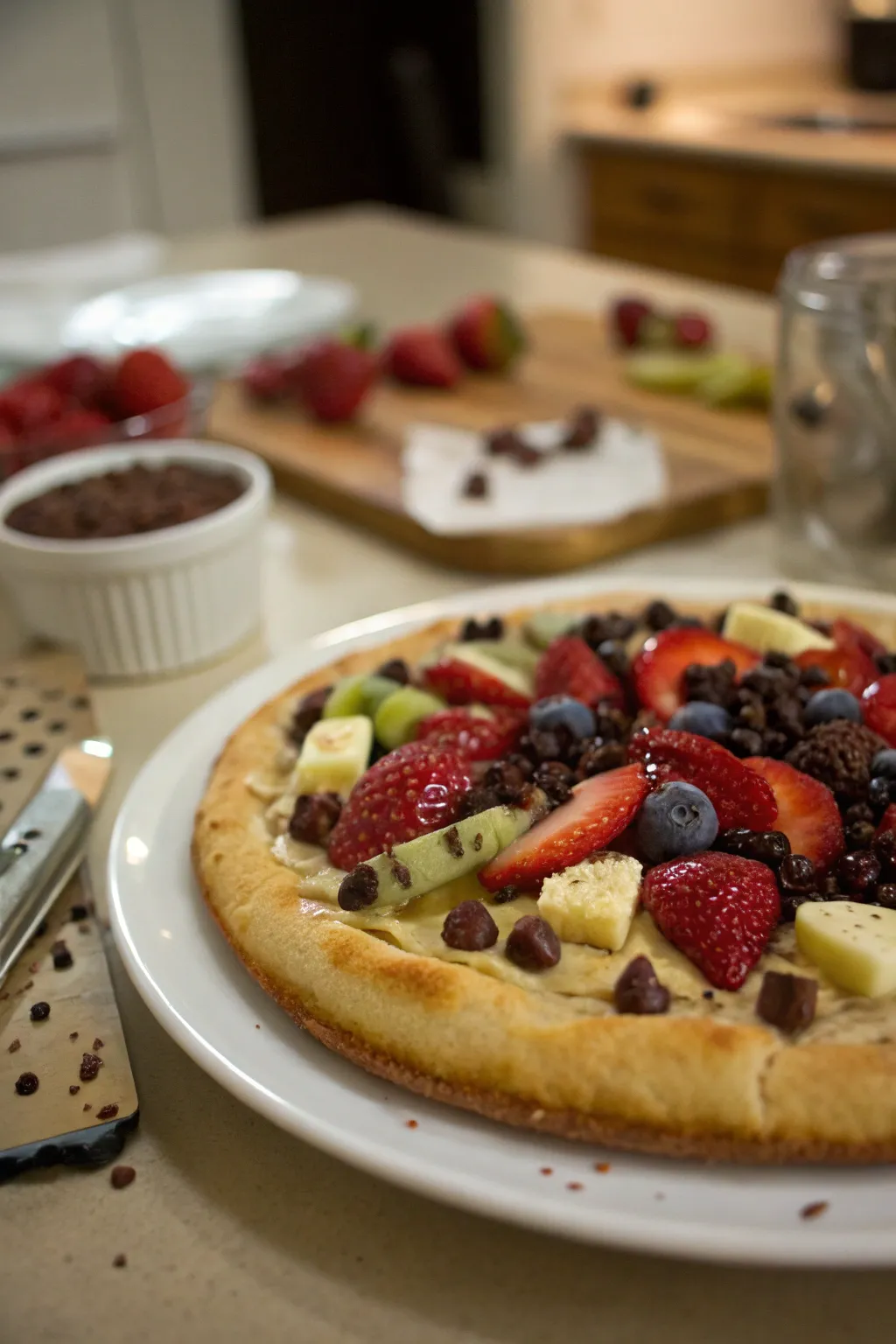
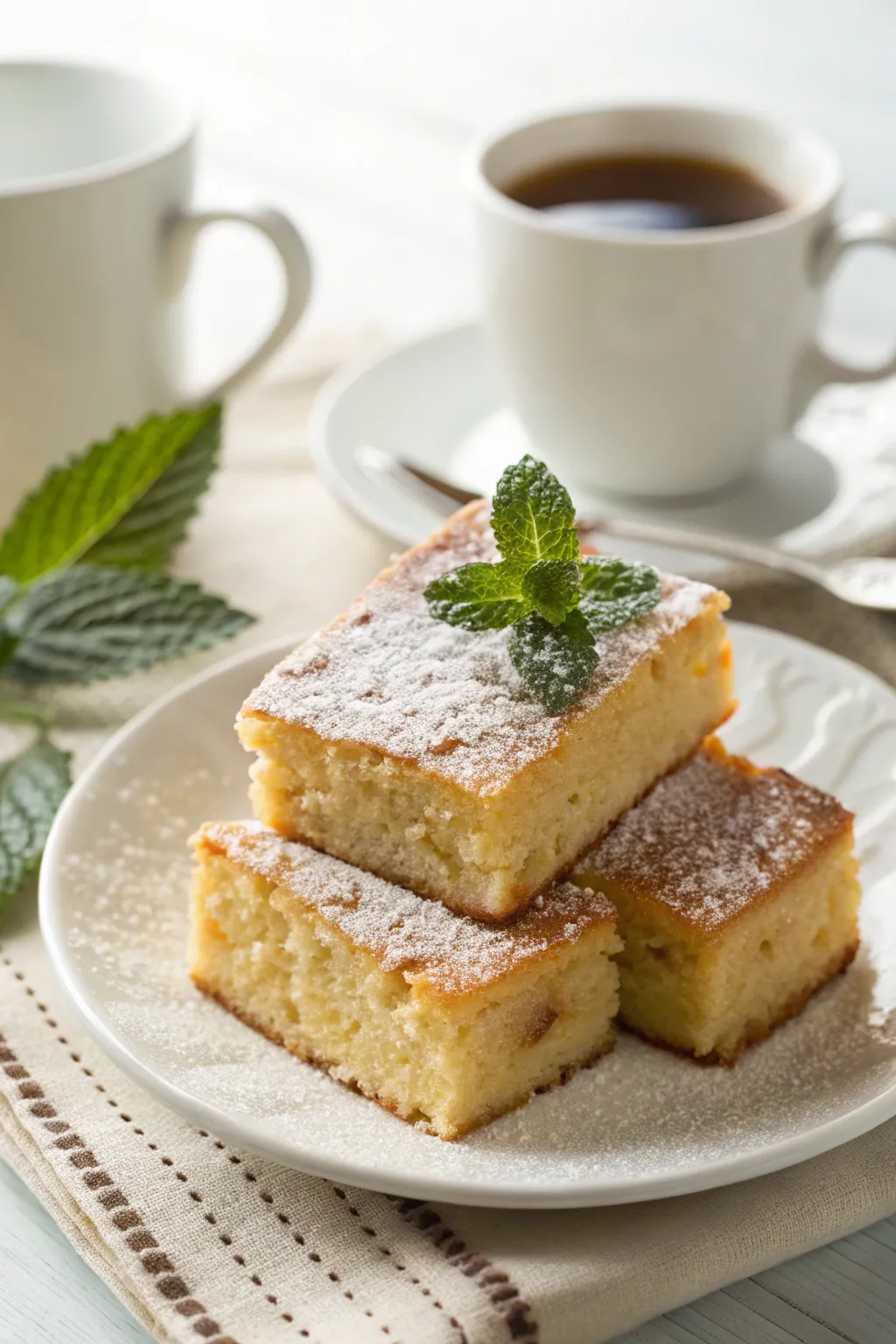
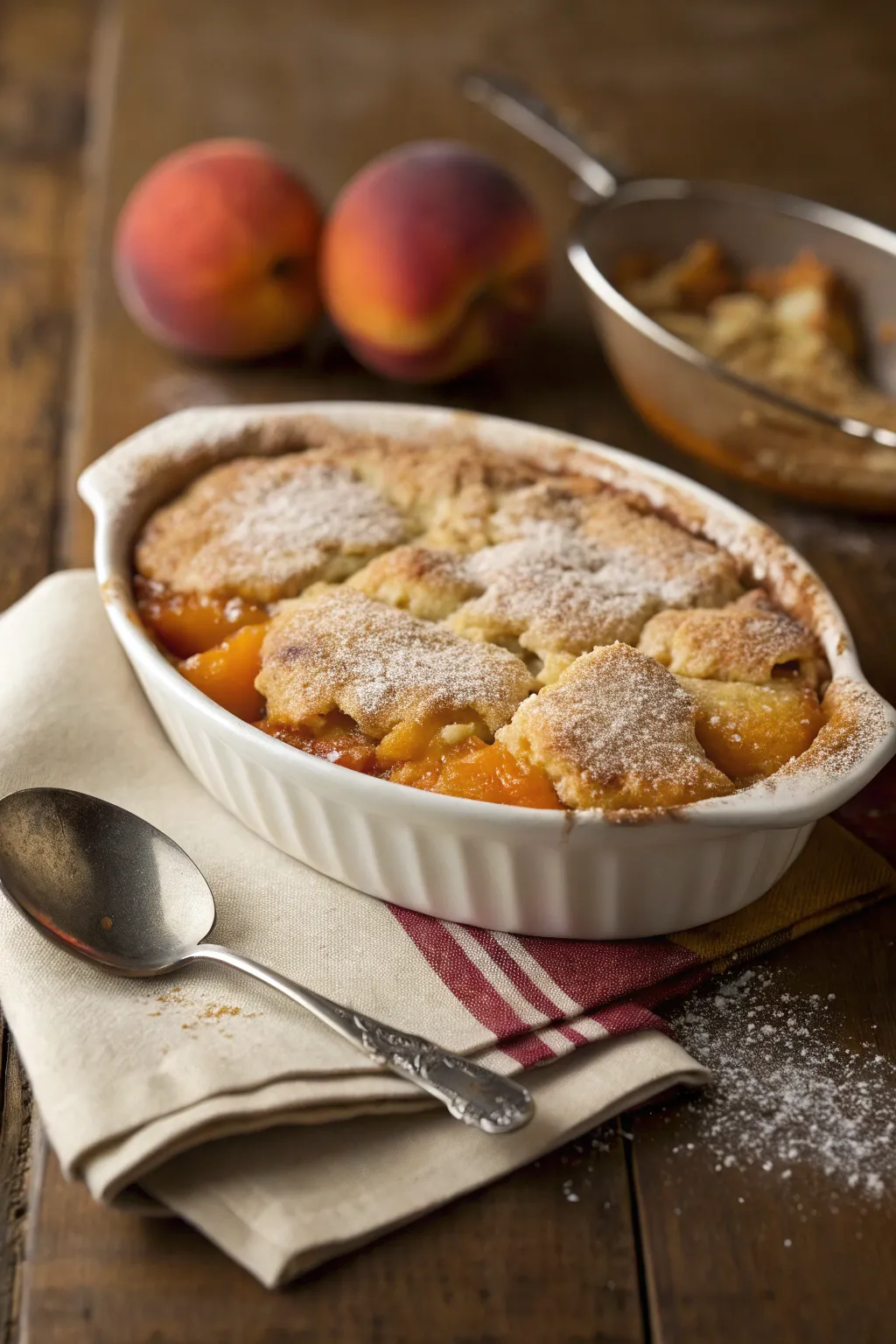
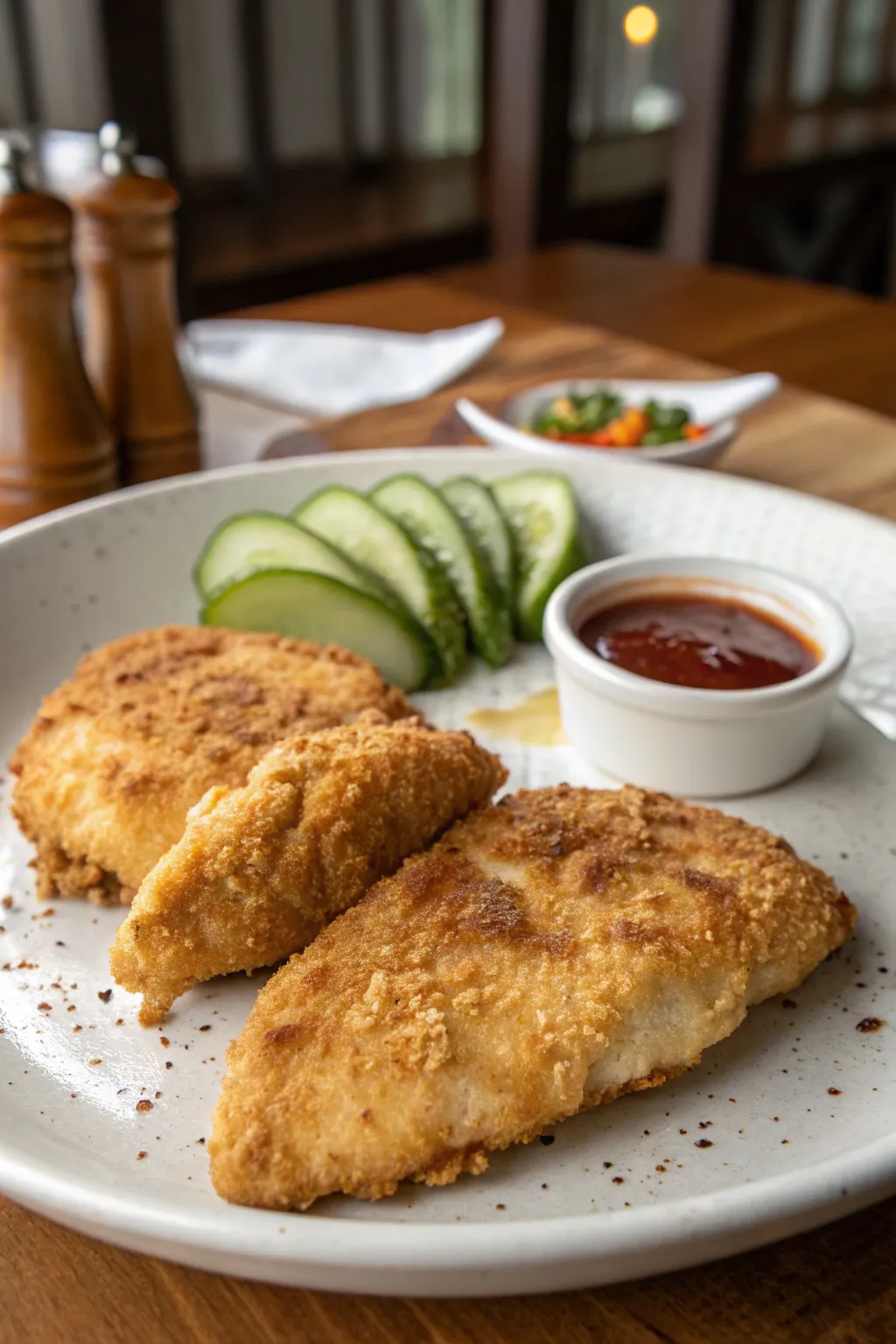


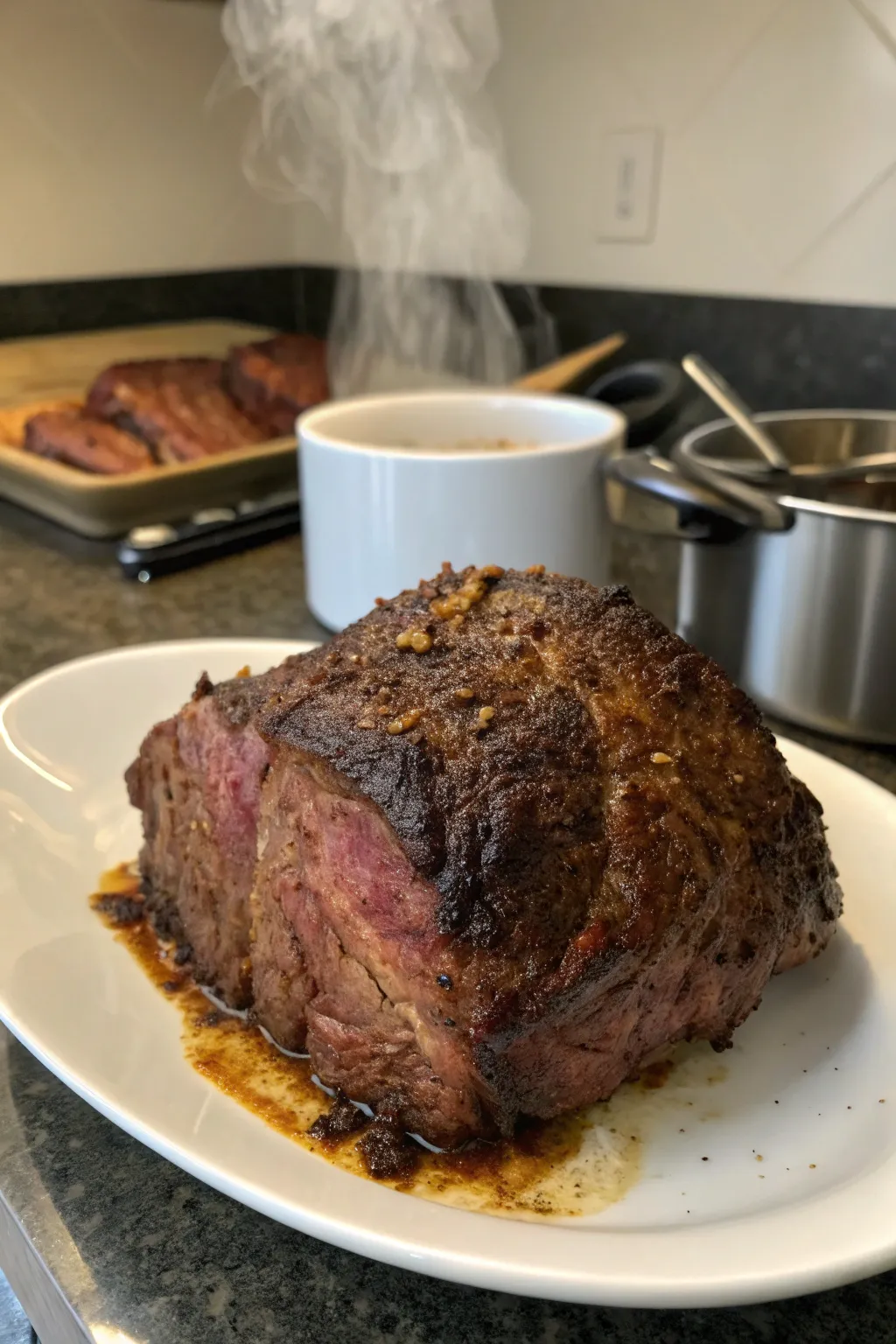
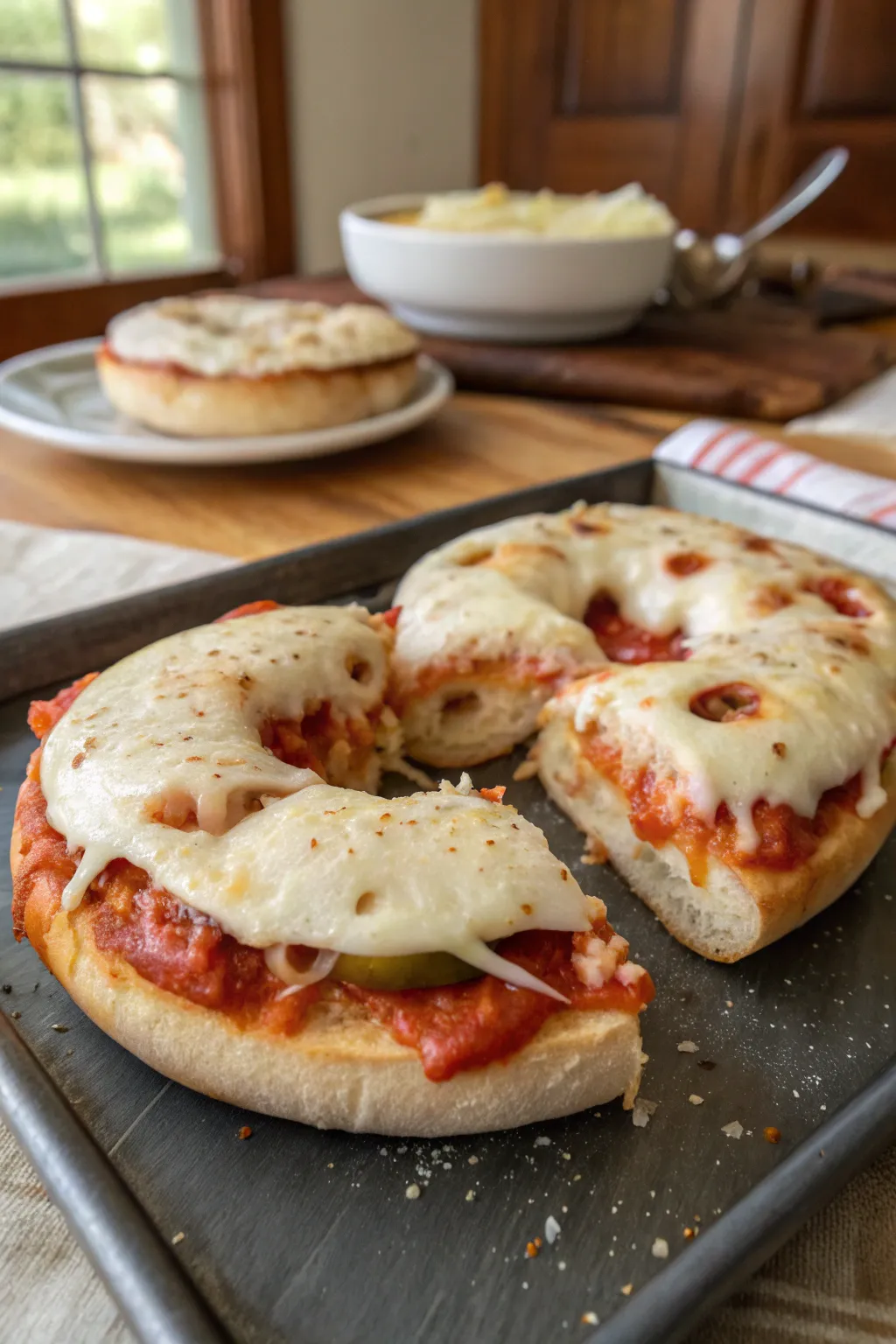





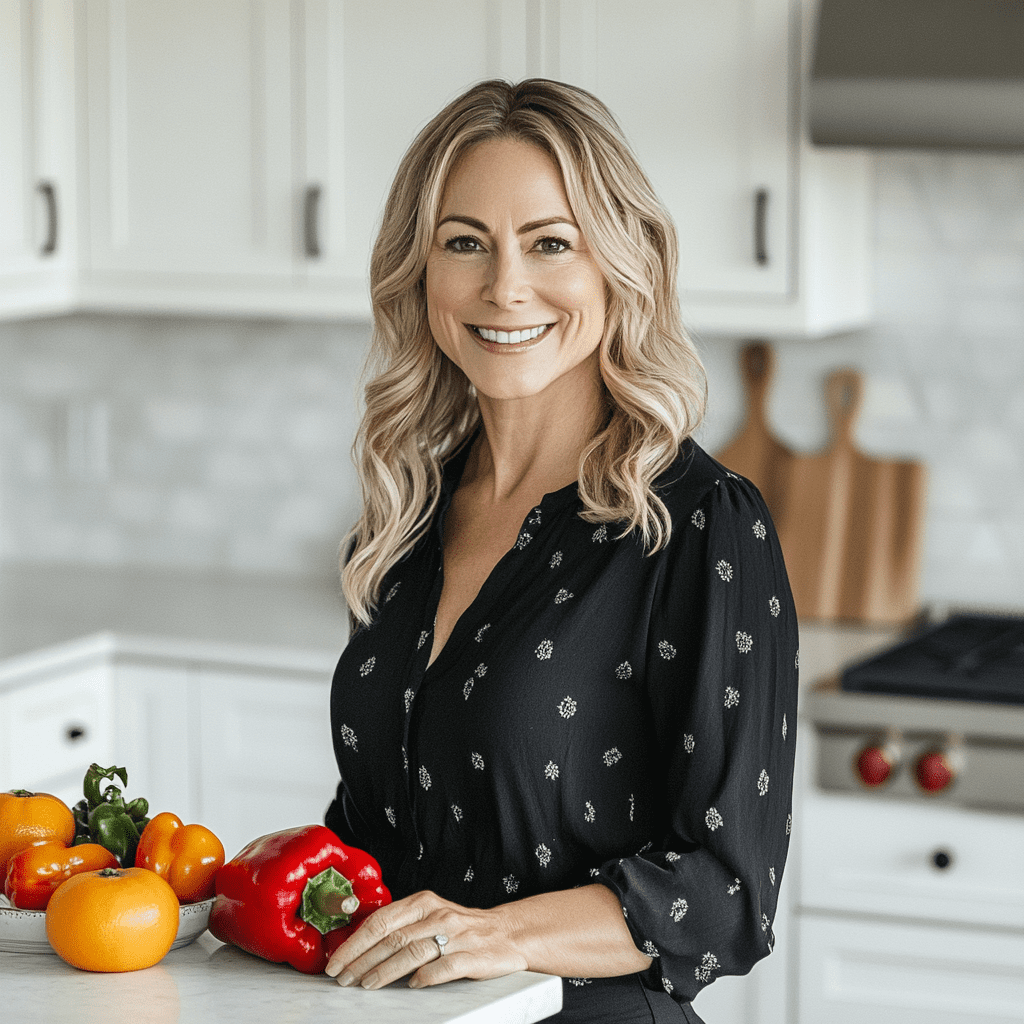
Leave a Comment